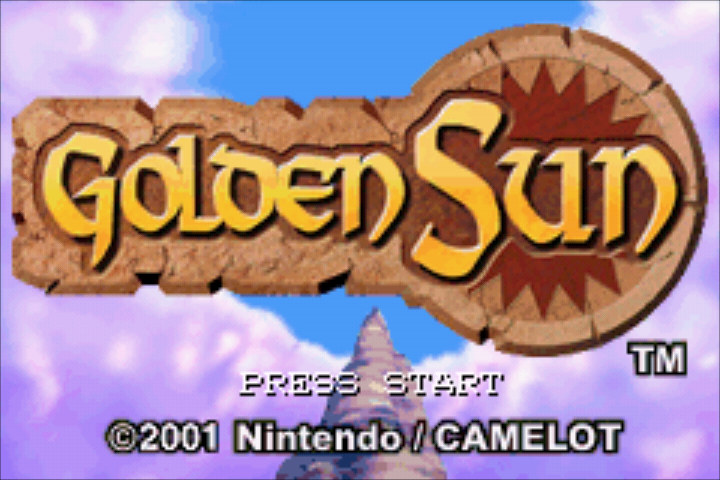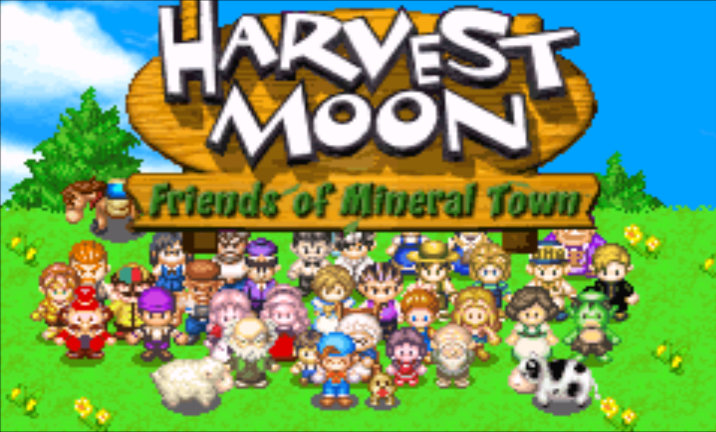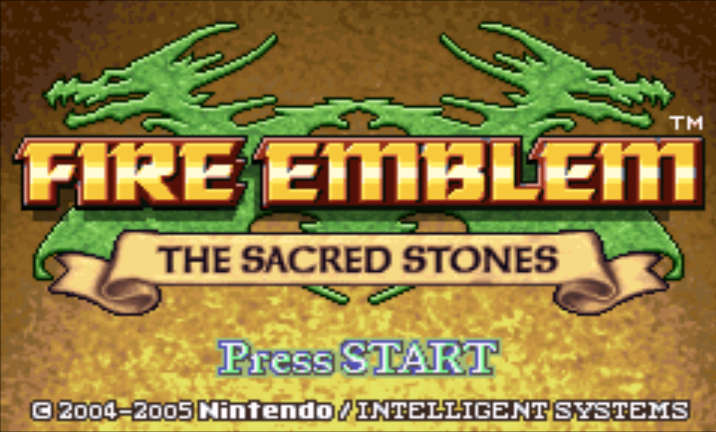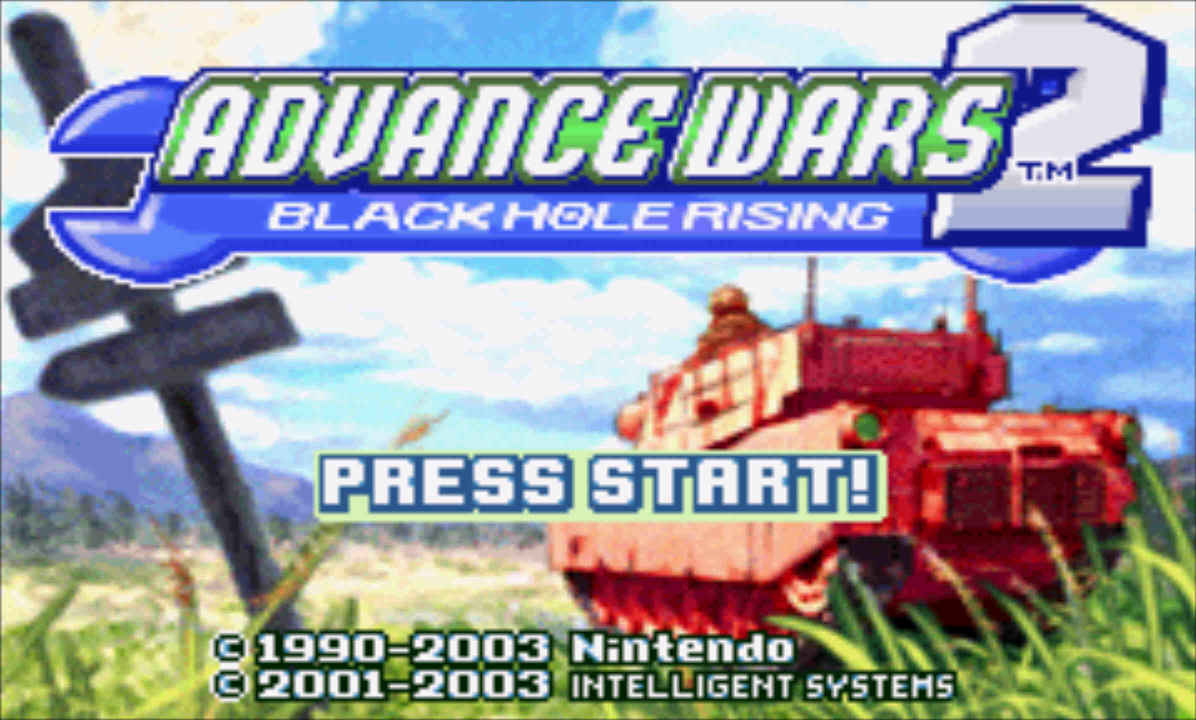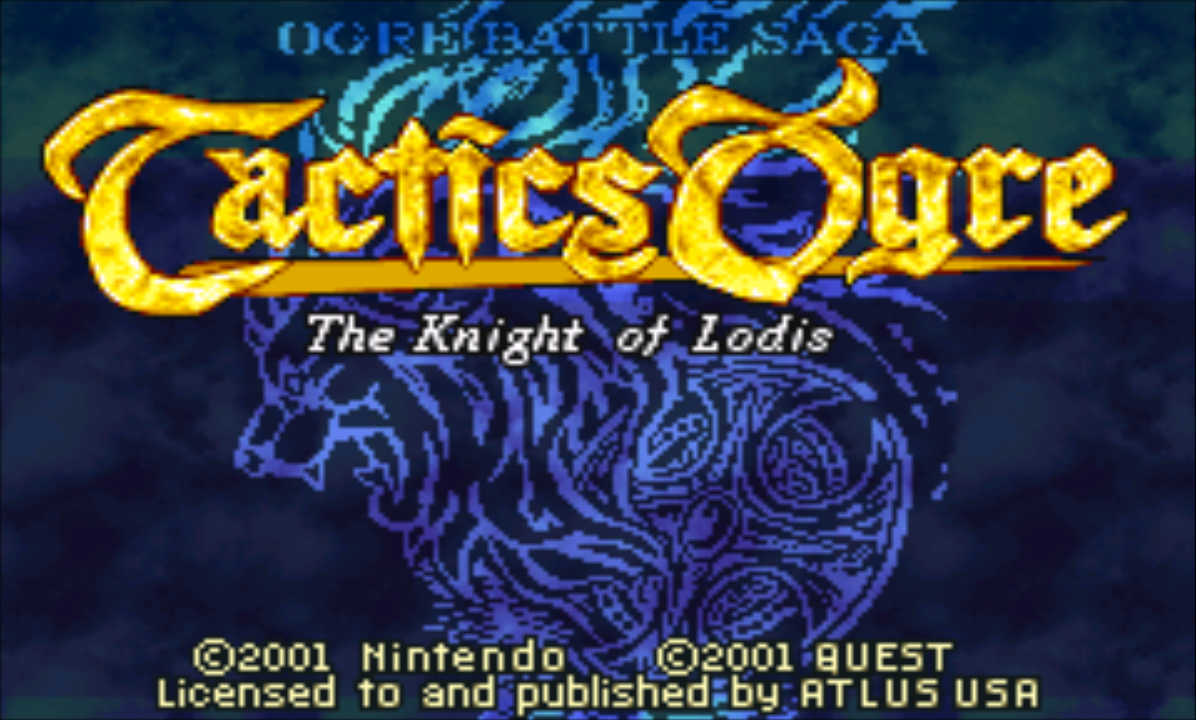The bucolic town of Vale, populated by ordinary-looking human sorcerers called Adepts, is rather unfortunately situated on the slopes of an active volcano. In the game’s opening scenes we are proffered the impression that it is about to erupt, and a pair of teenagers by the names of Isaac, a frail blonde kid, and his burly companion Garet scramble out of harm’s way and evacuate to a safe haven. From thereon, a grand adventure ensues in Camelot’s Golden Sun for GameBoy Advance.
GBA
Harvest Moon: Friends of Mineral Town (2003)
I’m conflicted about Harvest Moon: Friends of Mineral Town. On release, Friends of Mineral Town (FoMT) was an innovative title that pushed the boundaries of the farming / social sim genres and raised their mass market appeal. It indisputably laid the groundwork for (spiritual) successors like Animal Crossing and the much more recent Stardew Valley. The problem, however, is just that: the game, by today’s standards – is all groundwork; all the core genre ideas are present in a neonatal sort of way, recognisable but underdeveloped. Add to that an apparent vicious insistence on making life unnecessarily difficult, and many of today’s less determined players will be put off by FoMT long before the game opens up and becomes truly enjoyable.
Fire Emblem: Sacred Stones (2005)
Many classic RPGs play their storyline cards close to their chest, going to great lengths to craft and sustain a visceral sense of mystery and wonder while you attempt to discover your identity, separate friend from foe, and seek out your destiny. This allows for a journey filled with revelations and plot twists, and leaves you always wanting to learn more.
Fire Emblem: the Sacred Stones takes a different approach. Upon hitting the START-button, Sacred Stones spits out an intricate world history that reads like a two-sheet synopsis of a 600-page Game of Thrones novel. Leading with a narrative infodump seemed like an odd way of trying to hook a player. Sadly, odd design abounds in Sacred Stones, as I was about to find out.
Advance Wars 2: Black Hole Rising (2003)
Have you ever seen the box art that Advance Wars 2: Black Hole Rising shipped with? It features a towering figure whose countenance is encapsulated by a bizarre crossover between a samurai mask and a police hat – the combination of which is strangely reminiscent of Darth Vader’s breathing apparatus. It’s a little peculiar that this imitator should feature so prominently on the packaging, too, for he is at best the game’s invisible shadow puppeteer, not main-stage villain.
Anyway, Black Hole Rising is the second instalment in the now-dormant Advance Wars series. It retained its prequel’s kindergarten-depth, cookie-cutter story to glue together a few dozen hours of toony, tactical war-themed gameplay – and then took that gameplay and cranked up the difficulty to 11. For novelty a new unit type was thrown in and the roster of Commanding Officers (or COs) enlarged with fresh faces. Otherwise, though, Advance Wars 2 (AW2) played it exceptionally safe. Normally, I’d withhold brownie points for a failure to innovate on an established formula, but given how well both AW1 and AW2 played and the poor design choices evident from NDS Dual Strike onwards, that sameness may be a blessing in disguise.
Tactics Ogre: The Knight of Lodis (2001)
Have you played Tactics Ogre: The Knight of Lodis, the acclaimed strategy RPG from Quest? Chances are you’ve never come across it – Knight of Lodis (or KoL for short) was obscure in the West even on release. Incidentally, this rarity now puts it among the most expensive Gameboy Advance (GBA) titles on the market. Original boxed copies are scarce – beware the plethora of knockoffs on Ebay! – and can sell for upwards of $150USD. Undershooting demand was somewhat of a mainstay for publisher Atlus, anyway: only 25,000 copies of KoL’s prequel, March of the Black Queen for SNES, found their way to the US in the mid-90s. And the price of those, well… Why don’t you see for yourself.
But I digress. Atlus truly did RPG fans a monumental disservice by opting for an abysmally small print run. In my book, Knight of Lodis is far more deserving of the GBA ‘tactics’ crown than Final Fantasy Tactics Advance (FFTA), the commonly considered rightful recipient. KoL’s niche status certainly didn’t do it any favours: I had to hunt far and wide to locate an isolated copy even in the early 2000s even as every kid in the neighbourhood seemed to have Montblanc hopping across the GBA’s dimly-lit screen. FFTA’s staying power has been greater, too; one only has to search YouTube for Let’s Plays to appreciate its enduring legacy.
Even so Knight of Lodis is an incredibly rich, engrossing experience that has withstood the test of time exceptionally well, and is frankly hands-down the superior game. Above all, the captivating, gritty realism of KoL’s intrigue-packed plot sustains the experience from start to finish and lends cohesion and gravitas to every mission. But mechanically Knight of Lodis excels too, as its combat mechanics are dynamic, intuitive and well-calibrated while class progression and character customisation are smooth and organic – a far-cry from, say, the FFTA Ability Point grindfest. Taken together, the game is hard to put down, even 15 years after release.

